Sony Xperia Z5 vs Xperia Z3: Should you upgrade?
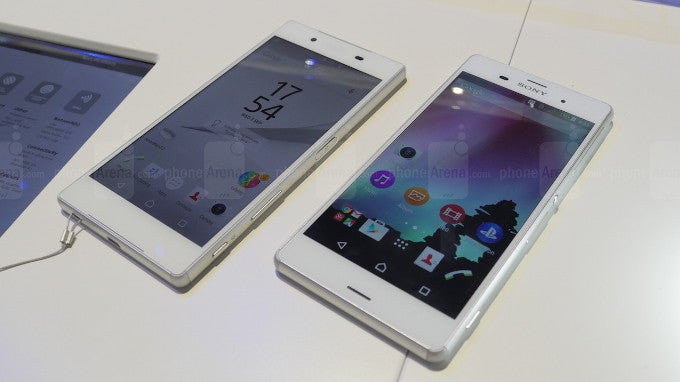
Familiar design with slight touch-ups
You'd be forgiven if you find yourself confused when trying to distinguish between the Sony Xperia Z5 and the Xperia Z3. The two share very similar design cues, have the same dimensions 5.75 x 2.83 x 0.29 inches (146 x 72 x 7.3 mm), and house similar 5.2” displays on their fronts. The Z5 has received a slight facelift, however, which becomes apparent after a quick inspection.
Same old display
The Xperia Z5's display shares the same 5.2” diagonal size and same 1080 x 1920 resolution as the Z3. We did find it a lot less colder, however – back when the Xperia Z3 first arrived, it shocked us with a crazy amount of blues in its display. It seems like we are not the only ones who found this unpleasant, and Sony took appropriate action.
Color temperature aside, the Triluminus IPS LCD display is as sharp and crisp as it was before – Sony didn't jump the QHD bandwagon, but the screen on the Xperia Z5 still packs a pixel density of 424 PPI. Quite enough for a pleasant viewing experience.
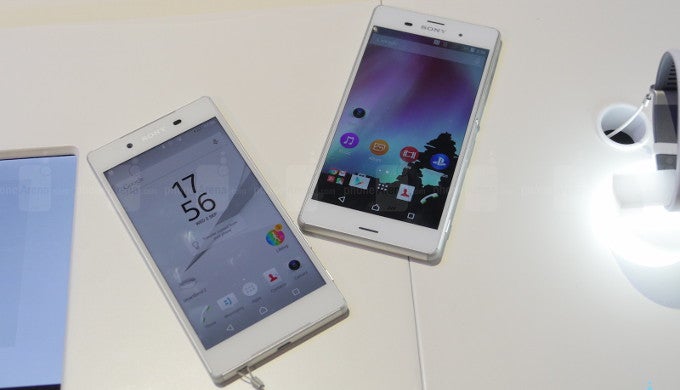
User Interface
Owners of the Xperia Z3 who have updated their phones to the latest, Android 5.1 Lollipop-based Xperia UI will find the Z5 to be identical. Sony hits a balance between adding its own, proprietary looks to the operating system, without bogging Android down with too many features, apps, or processes, so it runs as snappy as we've come to expect. The Material Design ideology doesn't seem to be a favorite of the manufacturer, however. This may annoy some, but those of you who don't really like Google's “flat” interface ideas may want to seek refuge in Sony's camp.
Processor and memory
To stay relevant, Sony had to equip it's newest and greatest with a 64-bit processor. It chose the Qualcomm Snapdragon 810, which has stirred up some controversy ever since being in pre-production. Reports of overheating, throttling, and not much increase in performance, when compared to the Snapdragon 801 and 805, have plagued the SD 810's existence ever since Samsung chose to use its own chips inside the Galaxy S6. In the short time we had to play with the Xperia Z5, we couldn't confirm nor disprove any performance or temperature issues, however, so judgement here is still up in the air.
As far as RAM goes, both handsets retain the same generous amount – 3 GB. As for internal memory, the Xperia Z3 is sold in variants that have 16 GB of storage, but, so far, we are led to believe that the Z5 may come in 32 GB only.
So, all in all, the Z3's processor and RAM are still quite relevant here.
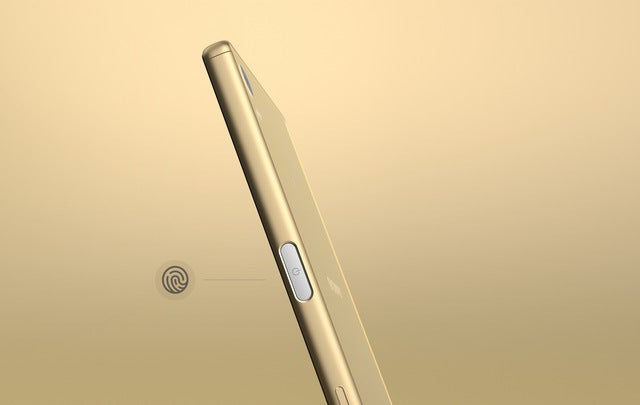
Fingerprint sensor
Of course, every flagship that wishes to stay in the game nowadays needs one of these. The fad, which started with the iPhone 5s and its Touch ID, has now spread across many of the Xperia Z5's Android-bearing competitors, and we understand that Sony had no choice but add their own version of a biometric scanner to the handset. In the case of the Z5, its combined with the power key, which is now much larger than the one on the Xperia Z3. So, if a fingerprint scanner is your thing, there is no competition here – the Xperia Z5 is the clear winner.
Conclusion
Sony's newest top-shelver may not look very different than its predecessor, but we certainly appreciate the small touch-ups, which help keep the already good-looking design feel fresh. The matte back is a welcome change for anyone who loves the feel of glass, but hates the fingerprint smudges and inherent slipperiness, the flatter sides are a welcome upgrade for comfort, and the discreetly etched Xperia logo on the side of the frame is a nice touch.
The camera upgrade is also an exciting bit, as we were slightly underwhelmed by the Z3's snapper, especially when compared to its relevant competitors. What Sony promised about the Z5's picture quality and under-the-hood features sounds promising, and we can't wait to put it through some extensive tests.
Hardware-wise, however, the phone doesn't seem to offer a great leap ahead. Sure, it brings the Xperia line to the 64-bit table, but this doesn't seem to be much of an issue just yet.




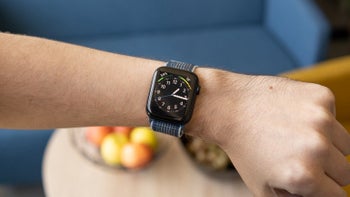


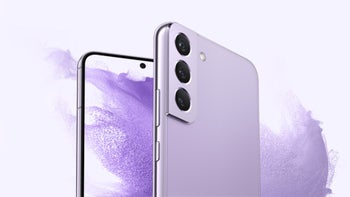

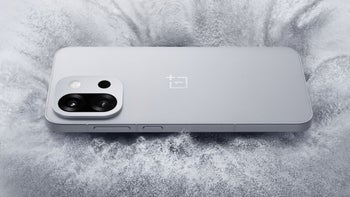
Things that are NOT allowed: